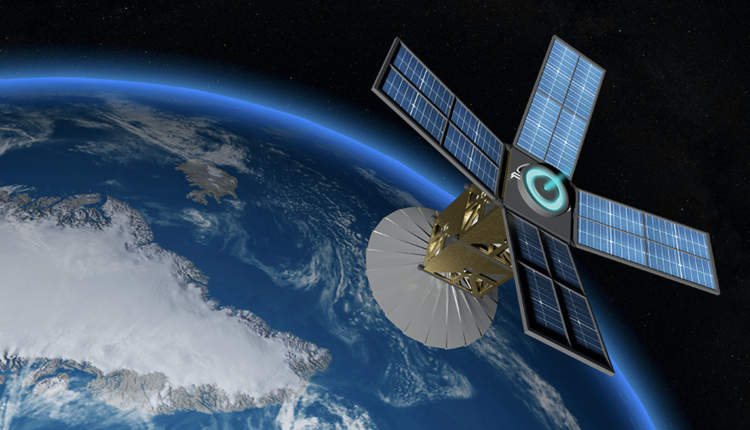©2021 Reporters Post24. All Rights Reserved.
Our sun, which has started its 11-year cycle, is in a very active phase and several reports cited that we will be witnessing frequent solar flares. Scientists have pointed out that these solar flares can turn out to be a real dangerous and currently, they are causing many satellites to fall back on earth. Here is all that you need to know about solar flares and how harmful they can be:
What are solar flares?
A solar flare is an intense burst of electromagnetic radiation generated in the sun’s atmosphere. They are the largest explosive events in our solar system and can last for minutes or hours.
As per a report by The Sun, around every 11 years, the magnetic field on the Sun flips. That means the north and south poles switch and this can cause the Sun to behave erratically before settling down. Once it settles, the magnetic field flips and the cycle begins again.
How dangerous they can be?
Solar flares are bursts of radiation from the Sun that sometimes hit Earth or shoot into deep space. Earth’s atmosphere filters out most of these flares.
However, they can still affect our tech and confuse migrating animals that rely on the magnetic field for direction. The flares can cause radio blackouts and impact satellite communications like electric power grid, internet, mobile phones, navigation signals etc.
The current cause of concern is how these flares are currently harming satellite communications.
The European Space Agency is worried about its Swarm constellation, which measures Earth’s magnetic field. Anja Stromme, ESA’s Swarm mission manager, told Space.com: “In the last five, six years, the satellites were sinking about two and a half kilometers [1.5 miles] a year.
“But since December last year, they have been virtually diving. The sink rate between December and April has been 20 kilometers [12 miles] per year.”
“There is a lot of complex physics that we still don’t fully understand going on in the upper layers of the atmosphere where it interacts with the solar wind,” Stromme added.
“We know that this interaction causes an upwelling of the atmosphere. That means that the denser air shifts upwards to higher altitudes.”


